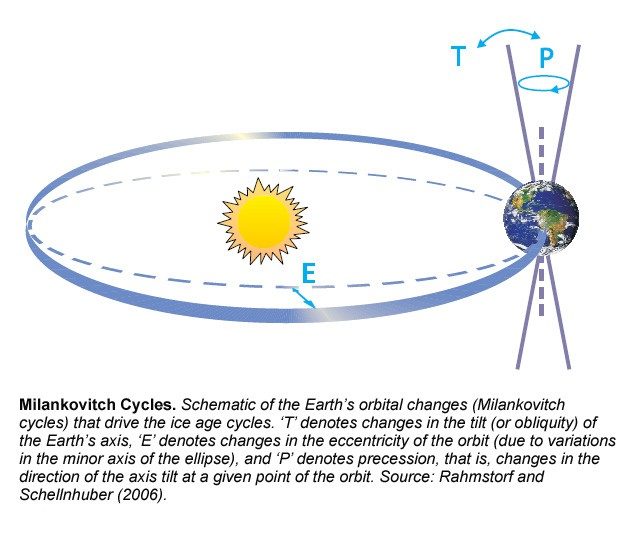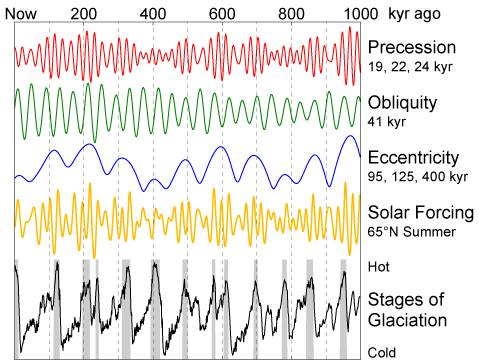OF THE
TIMES
Briefly stated, the Gell-Mann Amnesia effect is as follows. You open the newspaper to an article on some subject you know well... You read the article and see the journalist has absolutely no understanding of either the facts or the issues. Often, the article is so wrong it actually presents the story backward—reversing cause and effect...
In any case, you read with exasperation or amusement the multiple errors in a story, and then turn the page to national or international affairs, and read as if the rest of the newspaper was somehow more accurate about Palestine than the baloney you just read. You turn the page, and forget what you know.
“On May 7, 2024, Putin will once again take the presidential oath that reaffirms his position as "the head of state and the guarantor of the...
However, a few hours after it first aired, Google yanked the ad, citing a "privacy violation." 🤡💩🎪 Oh that’s right GOOGLE is part of D0D. What was...
In other words: this is the tech they're willing to admit having. They won't show the stuff regularly reported as UFOs etc. . I believe there are...
“This strategic pivot comes as geopolitical rivalry with China is intensifying.” Lmao 🤡💩🎪 Bring in more Clowns & Cowbell please 😂 🤣 They all...
I live in Bolivia, where lithium is mined and the powdered lithium bicarbonate is manufactured. Maybe the population here is always in a good...
To submit an article for publication, see our Submission Guidelines
Reader comments do not necessarily reflect the views of the volunteers, editors, and directors of SOTT.net or the Quantum Future Group.
Some icons on this site were created by: Afterglow, Aha-Soft, AntialiasFactory, artdesigner.lv, Artura, DailyOverview, Everaldo, GraphicsFuel, IconFactory, Iconka, IconShock, Icons-Land, i-love-icons, KDE-look.org, Klukeart, mugenb16, Map Icons Collection, PetshopBoxStudio, VisualPharm, wbeiruti, WebIconset
Powered by PikaJS 🐁 and In·Site
Original content © 2002-2024 by Sott.net/Signs of the Times. See: FAIR USE NOTICE


Reader Comments
to our Newsletter